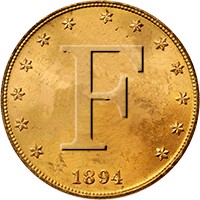Got a strange signal at 7 inches that read 12/22 and would hit at 12/38 every now and then. Dug the target and only found a piece of iron. Rescanned and nothing else was left in the hole. I took the piece of iron and swung it past the coil which resulted in the same reading. Since this was only a piece of iron I gave it a wack with my digger knocking a small piece of the edge. I was amazed to find the edge of a penny sticking out of the iron. I think I might keep it this way instead of trying to recover the penny. No silver today but I did manage to find 11 wheaties.
HH
Mike




HH
Mike







